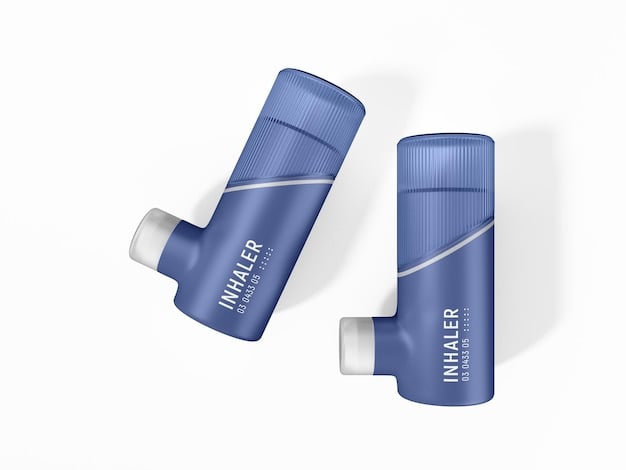Oregon Providers Health and Safety Training

Every year, childcare providers in Oregon are required to take annual #health_and_safety training. This training is designed to help providers create a safe and healthy environment for the children in their care.
ChildCareEd offers a variety of courses that cover the topics required by the Oregon Center for Career Development in Childhood Care and Education (OCCD), as well as additional topics that are important for childcare providers to know.
Pillars of Health and Safety in Child Care
The following are the pillars of health and safety in child care:
- Infection prevention and control: This includes practices such as handwashing, cleaning and disinfecting surfaces, and preventing the spread of germs.
- Sudden infant death syndrome (SIDS) and safe sleep practices: This includes ensuring that infants sleep on their backs, in a crib or bassinet, and without any soft objects or loose bedding in the crib.
- Administration of medication: This includes following the correct procedures for giving children medication, including the correct dosage, route of administration, and timing.
- Food allergies and anaphylaxis: This includes recognizing the signs and symptoms of food allergies and anaphylaxis, and knowing how to respond in an emergency.
- Building and physical premises safety: This includes ensuring that the child care setting is safe for children, including having safe playground equipment, fire alarms and extinguishers, and first aid kits.
- Emergency preparedness and response: This includes having a plan for responding to emergencies, such as fire, natural disasters, or medical emergencies.
- Handling and storage of hazardous materials: This includes ensuring that hazardous materials are properly labeled, stored, and disposed of.
- Appropriate precautions in transporting children: This includes using car seats and booster seats that are appropriate for the child's age and size, and following the correct procedures for transporting children in vehicles.
Preventative Health and Safety
Preventative health and safety is an important part of providing quality child care. By taking steps to prevent accidents and injuries, providers can create a safe and healthy environment for children.
Some of the things that providers can do to promote preventive health and safety include:
- Creating a safe physical environment: This includes having safe playground equipment, child-proofed cabinets and drawers, and a first aid kit.
- Teaching children about safety: This includes teaching children about fire safety, stranger danger, and how to stay safe in the water.
- Monitoring children closely: This means being aware of where children are at all times and intervening when necessary.
- Supervising children appropriately: This means having enough staff to supervise the number of children in care.
- Enforcing safety rules: This means setting clear rules and expectations for children and following through with consequences when rules are broken.
Health and nutrition are also important aspects of child care. Providers should provide children with healthy food and snacks, and encourage children to drink plenty of water.
Providers should also be aware of the signs and symptoms of common childhood illnesses, and know how to prevent the spread of germs.
By taking steps to promote health and safety, providers can help ensure that children have a safe and healthy experience in child care.
Additional health and safety courses offered by ChildCareEd include:
- Prevention and Control of Infectious Diseases
- Prevention of Sudden Infant Death Syndrome and Use of Safe Sleep Practices
- Administration of Medicine
- Prevention of and response to allergic reactions
- Building and Physical Premises Safety
- Shaken Baby Syndrome
- Responding to Emergencies
- Handling and Storage of Hazardous Materials
- Appropriate Precautions in Transportation of Children
- Abuse and Neglect: Signs and Reporting
ChildCareEd also offers a variety of other courses that are relevant to childcare providers, such as:
- Child Development
- Early Childhood Education
- Positive Discipline
- Safe Sleep Training
- Abuse and Neglect: Signs and Reporting
- Asthma, Allergy and Anaphylaxis Prevention and Management Training for Early Education Providers
- Basic Health & Safety and Breastfeeding Awareness
- Administering Basic Health and Safety ONLINE
- Preventative Health and Safety
- Abuse and Neglect: Signs and Reporting
- Basic Health and Safety Training Required in Maryland
- UNITED STATES OF AMERICA - Oregon
- Oregon and the CDA Credential
- Oregon child care providers
- Oregon Providers Health and Safety Training
- CDA for Oregon Providers
- Health and Safety Training
- Step Up on the Oregon Registry!
- Scholarship opportunities for Oregon providers
- Focus on Health and Safety Training
- How to Start a Daycare with the Right Qualifications
- The Importance of Health and Safety Training
- Trauma-Informed Care: Because Every Tiny Human Deserves a Safe Place to Land
- How childcare research centers assist with early educator training
- SIDS Certification: Why Every Childcare Provider Needs It
- MSDE Basic Health and Safety: What Maryland Childcare Providers Need to Know
- From Meds to Milestones: Why Medical Administration Training Is Crucial in Child Care Settings
- Demystifying the Online MSDE Basic Health and Safety Course
- 🌲Leading the Way: How Directors & Administrators Shape Early Learning in Oregon